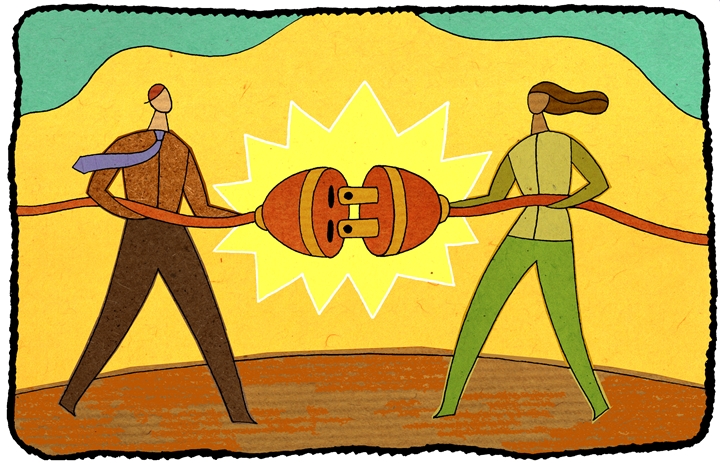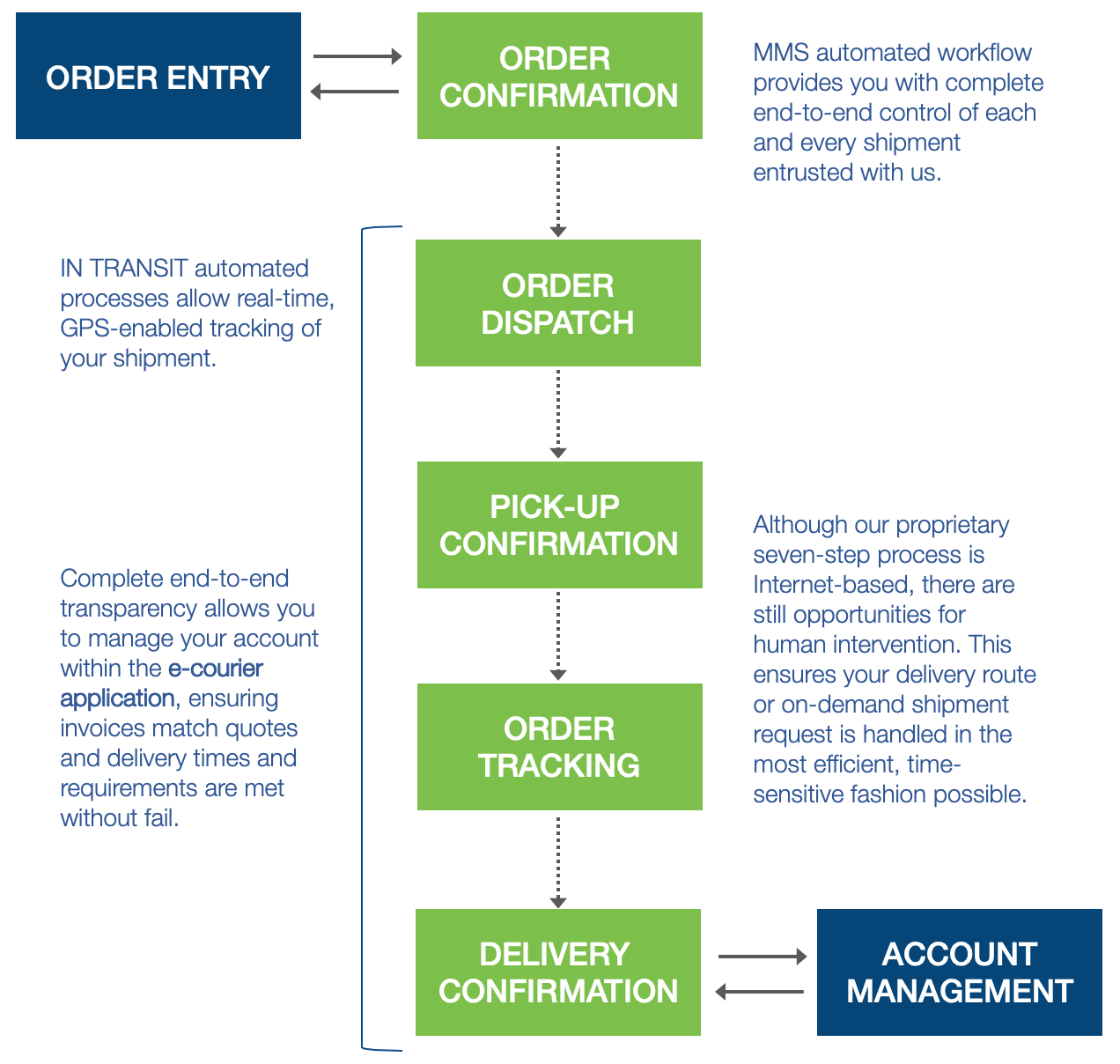
“Agility energizes teamwork.”
Agility is a popular word in today’s business lexicon. According to McKinsey’s Aaron De Smet “agility is the ability of an organization to renew itself, adapt, change quickly, and succeed in a rapidly changing, ambiguous, turbulent environment.” De Smet, a principal in McKinsey’s organization design group goes on to say that “agility is not incompatible with stability—quite the contrary. Agility requires stability for most companies.”
As disruption and the intensified and unfamiliar competitive environment it creates escalates, keeping abreast of change and adjusting processes and priorities accordingly is essential. At the same time your clients and customers demand consistency in the quality of performance delivered by your organization. Successfully managing and taking advantage of these disparate yet inextricable dynamics without losing customer focus requires organizational flexibility, disciplined methodologies, insight, and a commitment to measuring results and attaining precisely defined business outcomes.
Here are four ways you can develop and nurture Agility within your organization:
AVOID “TALL” HIERARCHIES
Traditionally organizations are structured in very much a top-down fashion. Hence, all people and functional groups within the organization are subordinate to other higher-ranking authorities with the ultimate power held by a chief executive. Governments, multi-national corporations, the military, and just about any type of business you can imagine operate within a hierarchical paradigm and do so quite well. After all, without a well-defined chain of command chaos can ensue.
Yet most hierarchical organizations are rigid and slow in recognizing and responding to market and competitive influences. Especially those with an exaggerated number of management layers. In such a scenario information flow is stymied because the people who interact with clients and customers the most receive the bulk of information and insight. Getting that information from the bottom to the top of the organization can be an overwhelming challenge. And the top is where critical decision-making takes place.
Michael Eshelby, CEO of Vancouver, Washington based Michael’s Messenger Service (MMS), overcomes this challenge by staying closely involved with the independent contract drivers his firm utilizes in serving the firm’s highly diversified client base. He even goes one step further by servicing a number of routes and special projects himself.
“Michael is very much involved in every phase of the business without being intrusive or micro-managing,” says MMS Vice President of Business Development Stephanie Gerard. “He launched the business in a very pragmatic way. He had a car, he loves to drive, and he recognized there was a huge opportunity helping people connect their products and services at the localized stages of the value chain.
“Michael appreciates the value drivers have in interacting with our clients and customers. He is also keenly aware of the challenges and opportunities they encounter as independent business people. As a result, our organization remains flat and cross-functional and communication channels unencumbered, but there is also a clear chain of command in place throughout the entire operation.”
While structure is an imperative, making sure operations are as flat as possible is equally important. Creating channels for communicating client and customer feedback, experiences, and interactions provides direct insight into optimizing service levels. Clearly delineating roles and responsibilities and how performance is enhanced when they are understood and shared among individuals, departments, and/or work teams bolsters collaboration.
PROCESS BEFORE TECHNOLOGY
Many companies fall into the trap of investing in and deploying the latest and greatest technologies before fully understanding how they fit within the daily organization’s regular and at times highly-specialized activities. Innovative hardware and software solutions promising greater efficiency and higher productivity at a lower cost are plentiful. Even if or when those promises are valid it doesn’t necessarily mean they apply to your specific circumstances or use case.
By developing processes, procedures, and methodologies first you are better able to align the technology with the way your organization works. Which means your team will extract every ounce of value from the solutions once implemented.

MMS followed such a process when selecting e-courier as its technology partner. The e-courier application provides access, visibility, and real-time information on each and every delivery you require — whether it involves a regularly scheduled route or an urgent on-demand dispatch.
Order entry is uncomplicated and can be accomplished using your smartphone, laptop, desk top computer, notebook, or any other Internet-enabled device. Once all of the required information is entered you receive immediate confirmation including all details and specifications.
The delivery is then assigned, either automatically via the app or through intervention by an MMS expert dispatcher — ensuring a driver that best fits with the mission-specific parameters is assigned. Routing is optimized based on current weather and traffic conditions. The app then tracks the order status with full visibility and ultimately generates a delivery confirmation.
As previously mentioned, the process was outlined, tested, and refined before the e-courier application was introduced. By doing so time and resources were used in the best possible way while avoiding problems that arise when having to bend, reshape, and alter processes to fit an existing technological framework.
TRANSFORM DATA INTO INSIGHT
Above and beyond the value of the MMS automated 7-step process is the myriad account management functions contained within the system. Its value-added functionality elevates how you manage your delivery and intra-organization logistics programs. Moreover, MMS team members work with you in setting-up and integrating the program within your unqiue operating framework. Doing so enables a lot more than order entry, tracking, and confirmation. Now you can monitor performance based on predetermined KPIs, create reports, analyze performance and adjust methods accordingly, and complete comprehensive budgeting and planning tasks all within one integrated system.
Capitalizing on the data generated and stored within your customized MMS e-courier instance depends on both the automated process and the technology that makes it possible. According to Ms. Gerard, “capturing and utilizing the value embodied in the data set begins with expertise in identifying, storing, and accessing it. Once we establish protocols for analyzing the data we then assess how it impacts and can be leveraged by the human talent involved in the process — including both the MMS team and the client’s resources. By including the skills and talents of team members we are able to use their depth of knowledge across functional areas, which results in a very agile operation. We can literally turn on a dime and implement relevant actions based on what the system and the individuals involved are experiencing.”
MAINTAIN CUSTOMER FOCUS
Customer centricity is the lens that keeps business outcomes, goals, and objectives in focus. It is the one aspect of an organization that inherently brings people together while encouraging full participation in serving clients across all areas of the business. Accessibility, accuracy, and agility are three attributes that foster customer centricity. And those three characteristics define the MMS operating principles.
MMS engenders accessibility through people, the technology they use, and the processes that govern those actions. Customer service and dispatch personnel are trained for interfacing with you and intervening in automated processes when circumstances dictate. Or, helping you utilize the extensive suite of features offered by the system. You determine who has access to the system and what fields they can see and use. And you are not limited by device. The system works equally well with laptop, notebook, desk top, or mobile device.
Our technology partner — e-courier — also provides 24-hour helpdesk support, useful articles, training videos, webinars, and customized onboarding sessions that facilitates collaboration for all team members. In addition, your account management team offers valuable expertise and insights that ensure your messenger program achieves the best possible business outcomes, whether regularly scheduled or on-demand services are required or appropriate.
Complete visibility and control over all transactions and account activity gives you confidence your packages will arrive when and where intended. Since you have full control over order entry you always know the cost, expected pick–up and delivery times, and whereabouts of your precious cargo. A digitized record of all shipments over time — an invaluable asset when reporting, forecasting, and budgeting for annual business plans — heightens the level of accuracy you enjoy when working with MMS.
Agility is an inevitable by-product of accessibility and accuracy. By providing a highly-trained, motivated, and focused team of independent contract drivers MMS can rapidly scale-up or scale-down based on business need. The team primarily drives rigorously inspected, well-maintained, fuel-efficient sedans for better maneuverability in traffic and great flexibility in accessing pick-up and delivery locations. They are also trained and compliant with OSHA, IATA, TSA, and HIPAA regulations and knowledgeable in the correct handling and transport of ambient, refrigerated, and frozen specimens. Ensuring the focus is always on you and your needs.
OUTCOMES ARE A NATURAL BY-PRODUCT OF DOING THINGS RIGHT
Agile organizations thrive on change. They are strengthened by constant and unpredictable challenges. And they view agility as a valuable competitive advantage.
It is not a cliché to say today’s business climate is rife with uncertainty, ambiguity, volatility, and a high degree of dissonance. This is an undeniable truth for any organization. Which means dexterity and quick reflexes are mission critical. But these attributes do not come naturally. They must be rigorously developed and exercised until they become ingrained in every aspect of the organization — structure, alignment, process, methodologies and customer-centricity. If you think your business or area of expertise is exempt from the impact of disruption, just wait. Its relevance will confront you soon enough.
